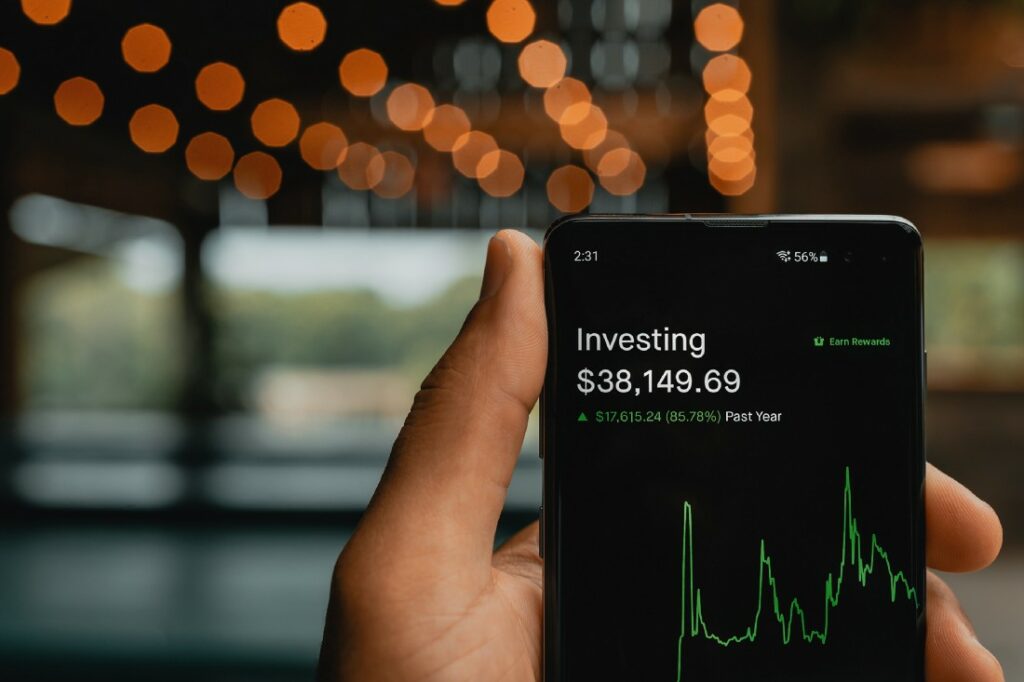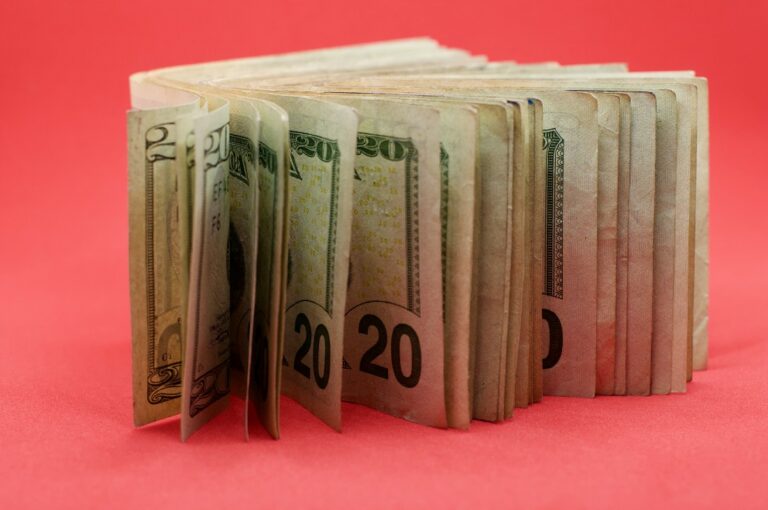Dividend stock and its types for beginners

Maximize your returns with dividends.

Investing can be simple, but the number of things you’ll find lying around might make it a bit confusing. For stocks alone, you can find almost 19 categories of stocks that are commonly used. Among them are common stocks, blue chip stocks, small-cap stocks, and of course — dividend stocks!
Dividend stock refers to the kind of stock that will give its owner dividend payments. What is a dividend payment? When you own a stock, you own a certain percentage of the company. As the owner, you’re entitled to the company’s profit.
A dividend is the payment of said profit to you. When your company is seeing growth and profits, it would usually pass on the profits to its investors. Dividends are usually paid either monthly, quarterly, semi-annually, or annually.
Dividend payments also vary according to the kind of stocks you’re holding. For preferred stock, the rate of dividend can be fixed or floating — depending on the agreement, while the rate for common stocks would float according to the company’s profit.
However, do note that not all companies pay out dividends. Some decide to use the profit to reinvest while some decide to buy back shares from their shareholders.
Types of Dividends
1. Cash Dividends

Cash dividend is probably the most common type of dividend many heard of. How it works is that the company will pay its investors a certain amount of money based on the number of shares that they own.
For example, Company A decides that for the year 2022 they’re paying $0.5 for every share owned by shareholders. So, if you have 100 shares with the company, you’ll get $50 in dividends. This payment could either be in the form of actual cash, cheque, or electronic transfer.
Cash dividends would usually affect the market price of the stock. For example, if the stock price is at $1, and the dividend announced is at $0.5, it is most likely that the market price of the stock will now be $1.5.
Fun fact: in some places, dividends are exempted from tax!
2. Stock Dividends

Stock dividends, as the name suggests, are a kind of dividend that is paid in stocks of the company. For example, you own 100 shares in a company. If the company announces that they’re giving 10% stock dividends, you’ll get 10% stocks from the shares you have, I.e. 10 stocks. Now you have 110 stocks in the company.
However, this method of payment will not increase the stock price of the company. Instead, it would rather reduce its price. This is due to the fact that the numbers of shares increase while the number of shareholders remains the same.
Think of it like a cake shared by 10 people. Initially, each person is entitled to a slice. Now, they apparently are given two slices each from the same cake, but how? By slicing the cake into 20 slices — of course, now each slice is smaller in size.
What investors can do in this situation is usually to wait for the company to grow along with its stock price and sell it for profit or they could even keep the stocks in the hope of a better dividend yield in the upcoming period.
But why would a company take such a position where its stock price would be ‘sliced’ into smaller bits and pieces? There could be multiple reasons.
First, a company might want to make use of the money they have for internal growth, instead of giving it to shareholders to cash out. Second, it could also be that a company is saving its cash to acquire another company.
Third, the company may also seek to spin off a subsidiary company. How it works is that for example, Company A has a subsidiary, Company B. What Company A will do is give dividends to its shareholders in the form of Company B’s stocks.
The downside to stocks dividend is that these ‘sliced-up’ shares cannot be bought in the market like any other stocks, so selling them might be just as hard.
3. Asset Dividends

Asset dividends are dividends paid to shareholders in the form of an asset like properties. For example, a luxury handbag company decides to give dividends to its shareholders, but instead of paying it in cash or in stocks, they decided to give a piece of the handbag to each shareholder.
The shareholder then can either choose to keep the handbag and watch the value grow as it turns into an exclusive collector item or sells it for profit right away.
4. Hybrid Dividends

Hybrid dividends is a dividend payment that consists of both cash dividends and stock dividends. For example, Company A can decide to give $0.5 for every share owned by investors, as well as 10% shares for each share owned. So, if you happen to own 100 shares in company A, you’ll now get $50 and 10 shares.
Which type of dividend is better?

That would depend on your preferences. Cash dividends offer you more freedom in terms of what you want to do with them. Do you like the current company’s prospects for growth? Then you can buy more shares with it.
Do you think other companies might perform better? Use that money to buy other shares. Or do you think you’re too hungry to think? Use that money to buy some meals. All in all, cash may be the choice of many, other than the fact that in most places it would be taxed.
If you’re the type that seeks growth in the company you’re investing in and you’re of the conviction that said growth is likely, then a stock dividend is best for you, since you’ll gain more shares in the company. Also, in many places stock dividends aren’t taxable until you sell the shares.
Do keep an eye out for our posts by subscribing to our channel and social media.
None of the material above or on our website is to be construed as a solicitation, recommendation or offer to buy or sell any security, financial product or instrument. Investors should carefully consider if the security and/or product is suitable for them in view of their entire investment portfolio. All investing involves risks, including the possible loss of money invested, and past performance does not guarantee future performance.






